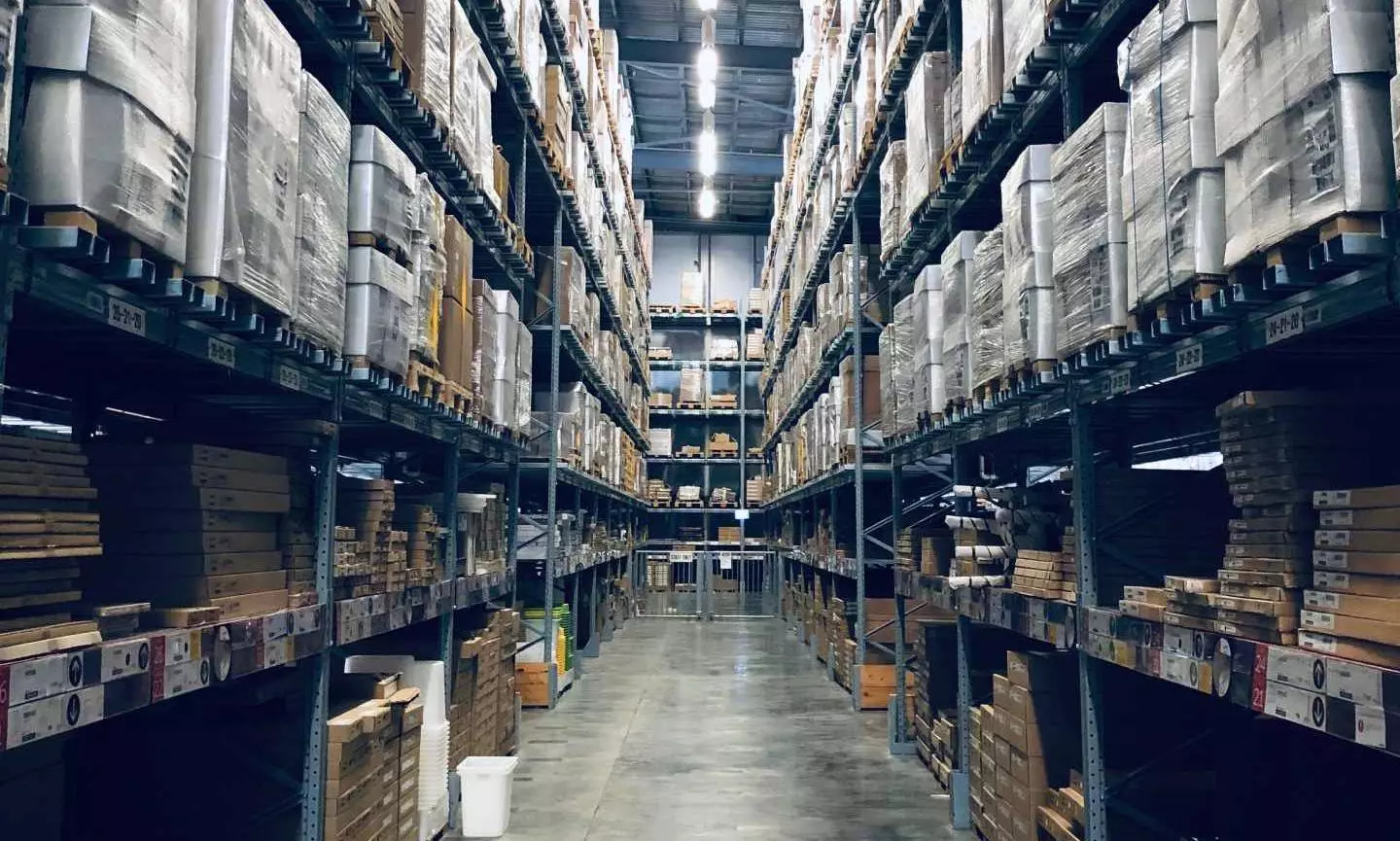Industrial & logistics sector records 22% YoY demand growth in Q1 2024
Demand driven by the 3PL and manufacturing sectors, contributing 61%. Delhi-NCR remained at the top with the highest contribution of 23% to total supply, closely followed by Bengaluru and Kolkata with 12% and 10%.

The industrial and logistics sector started the year on an impressive note, with a strong absorption of 13.5 mn sq. ft. in Q1 2024 compared to 11.0 million sq. ft. in Q1 2023, representing 22.7 percent Y-o-Y growth.
“This further builds the confidence for India’s economic prospects. Tier I cities witnessed 78 percent of the absorption, while tier II and III cities accounted for the remaining 22 percent,” reads the release.
The overall absorption during Q1 2024 is led by sustained demand from the 3PL and manufacturing sectors as well as a surge in demand from the FMCG sector. In addition, the uptake of manufacturing warehouses has significantly contributed to the overall absorption, according to the latest report by Savills India, an International real estate advisory firm.
The report suggests that the sector witnessed a fresh supply of 12.9 mn sq. ft. in Q1 2024, indicating a 4 percent growth rate from Q1 2023 levels, of which 9.8 mn sq. ft. (76 percent) was from tier I cities and 3.1 mn sq. ft. (24 percent) from tier II and III cities.
Grade A space accounted for 45 percent of the supply and 41 percent of the absorption in Q1 2024. Changing occupier preferences to meet ESG (Environmental, Social, and Governance) standards are likely to drive demand for Grade A warehousing and ready-fitted-out factory space.
The demand composition has remained nearly unchanged in the recent past with most demand segments growing at comparable rates. 3PL, the largest constituent of demand, accounted for 36 percent of the overall absorption in Q1 2024. Tier II & III cities witnessed a surge in 3PL absorption, as growing supply chain outsourcing creates avenues for more warehousing spaces.
The manufacturing sector, supported by various government incentive schemes, has played a significant role in driving demand. This is one of the demand-constituents that rose noticeably from 16 percent in 2022 to 23 percent in Q1 2023. It holds a stabilized 25 percent share in Q1 2024. The FMCD sector too has gained momentum and witnessed 13 percent of total absorption witnessed in Q1 2024 compared with 7 percent in Q1 2023. Others, including manufacturing warehousing, cold storage, chemical storage, FTWZs, ICDs, and Urban Warehousing, contribute around 14 percent.
“The growing trend of supply chain outsourcing has resulted in increased expansion of 3PL players in tier II & III cities, leading to higher demand for warehousing space. Manufacturing sector continues to account for over 25 percent of the total absorption, with improved manufacturing activities likely to drive increased uptake of manufacturing warehouses as well. The e-commerce sector is likely to witness a surge in activity going forward. The sector is amplifying its urban distribution and extending its reach to tier II & III cities. The tier II and III cities are likely to witness significant growth as prominent hubs for sourcing, consumption, and distribution”. Srinivas N, Managing Director, Industrial and Logistics, Savills India.
In Q1 2024, Delhi-NCR remained at the top with the highest contribution of 23 percent to total supply, closely followed by Bengaluru and Kolkata with 12 percent and 10 percent respectively. The tier II and tier III cities together accounted for 24 percent of the total supply.
In terms of absorption, Delhi-NCR lead the pack with highest contribution of 21 percent in Q1 2024, followed by Pune and Bengaluru, each at 12 percent. The contribution of Pune to the overall absorption increased from 7 percent in Q1 2023 to 12 percent in Q1 2024, while it decreased for Mumbai from 14 percent in Q1 2023 to 7 percent in Q1 2024.



